Material: Coconut shell
Dimensions: 13 x 14 cm
Provenance: Papua New Guinea, Middle Sepik River region
Tribe: Iatmul (or closely related Sawos group)
Estimated age: Late 19th to early 20th century
Condition: Excellent, with tribal-used patina and intact suspension holes
A rare and striking ritual object from the Iatmul people of the Middle Sepik River, this hand-carved coconut shell bowl displays profound spiritual symbolism and craftsmanship. The outer surface is densely decorated with incised geometric fields, concentric "eye" motifs, and an expressive human face near the pointed rim—an ancestral representation commonly found in Sepik ceremonial art.
Notably, this piece was carved using stone tools, as evidenced by the irregular tool marks, chiseled incisions, and non-mechanized groove patterns—hallmarks of pre-contact or early contact period artifacts. The coconut shell has developed a deep, matte tribal patina, suggesting extensive ritual use, likely as part of a ceremonial costume, ancestral offering, or suspended shrine object.
Two small pierced holes at the rim confirm its role as an adornment or ritual attachment, possibly worn by initiates, dancers, or shamans during ceremonies.



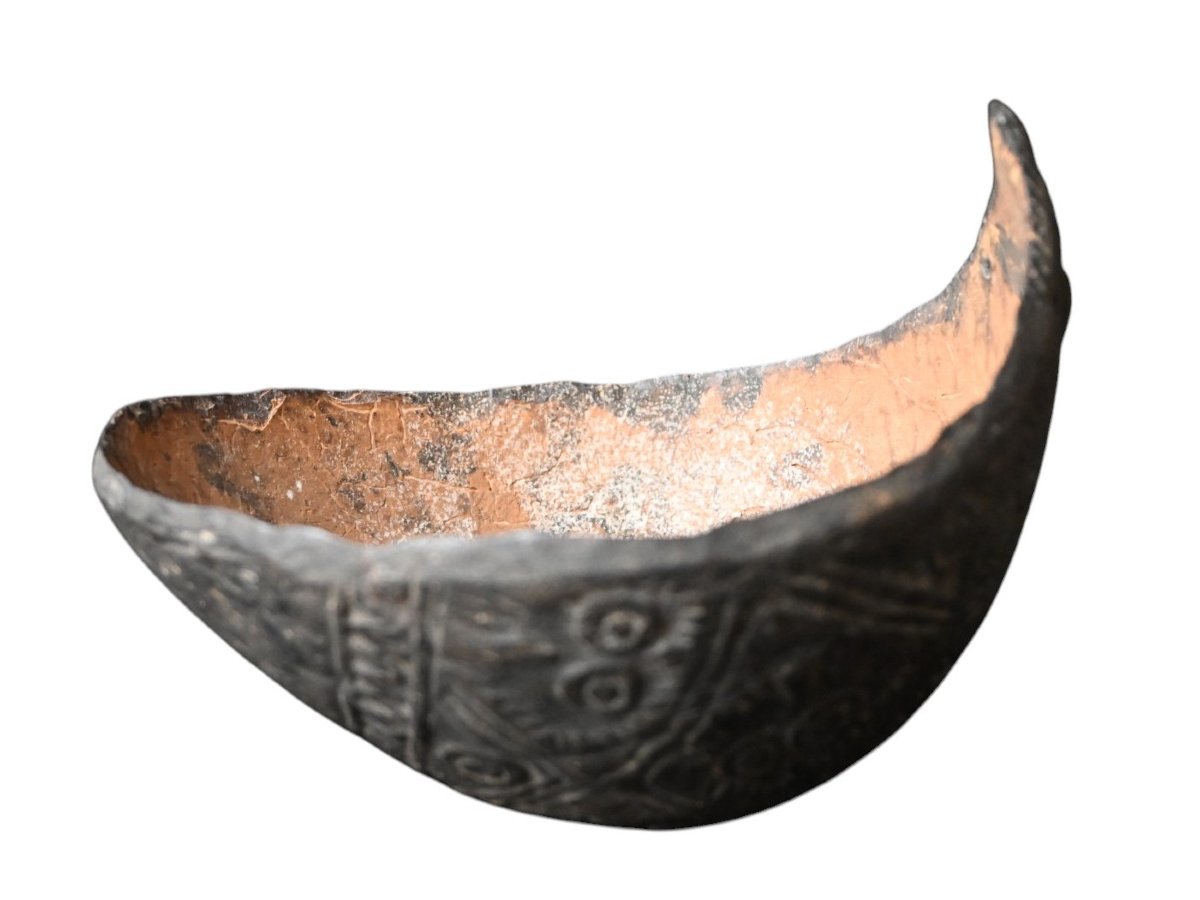

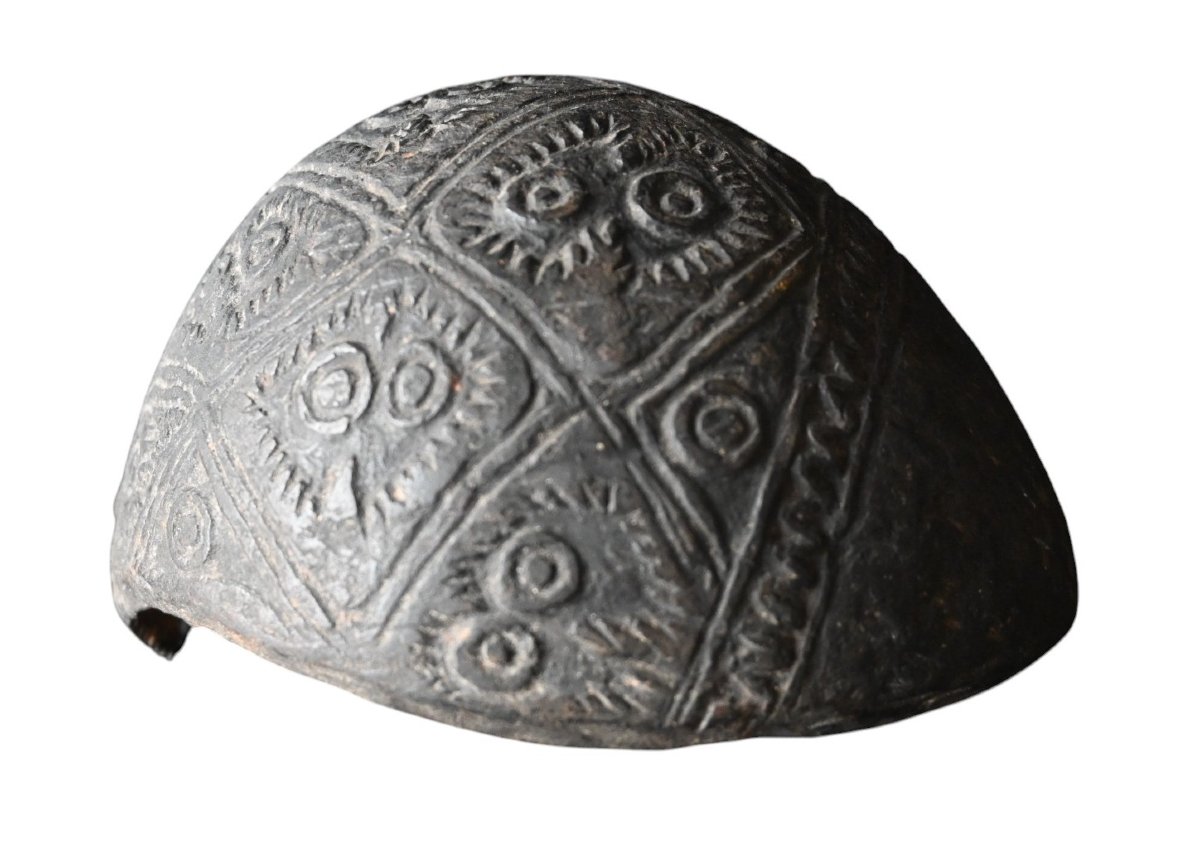
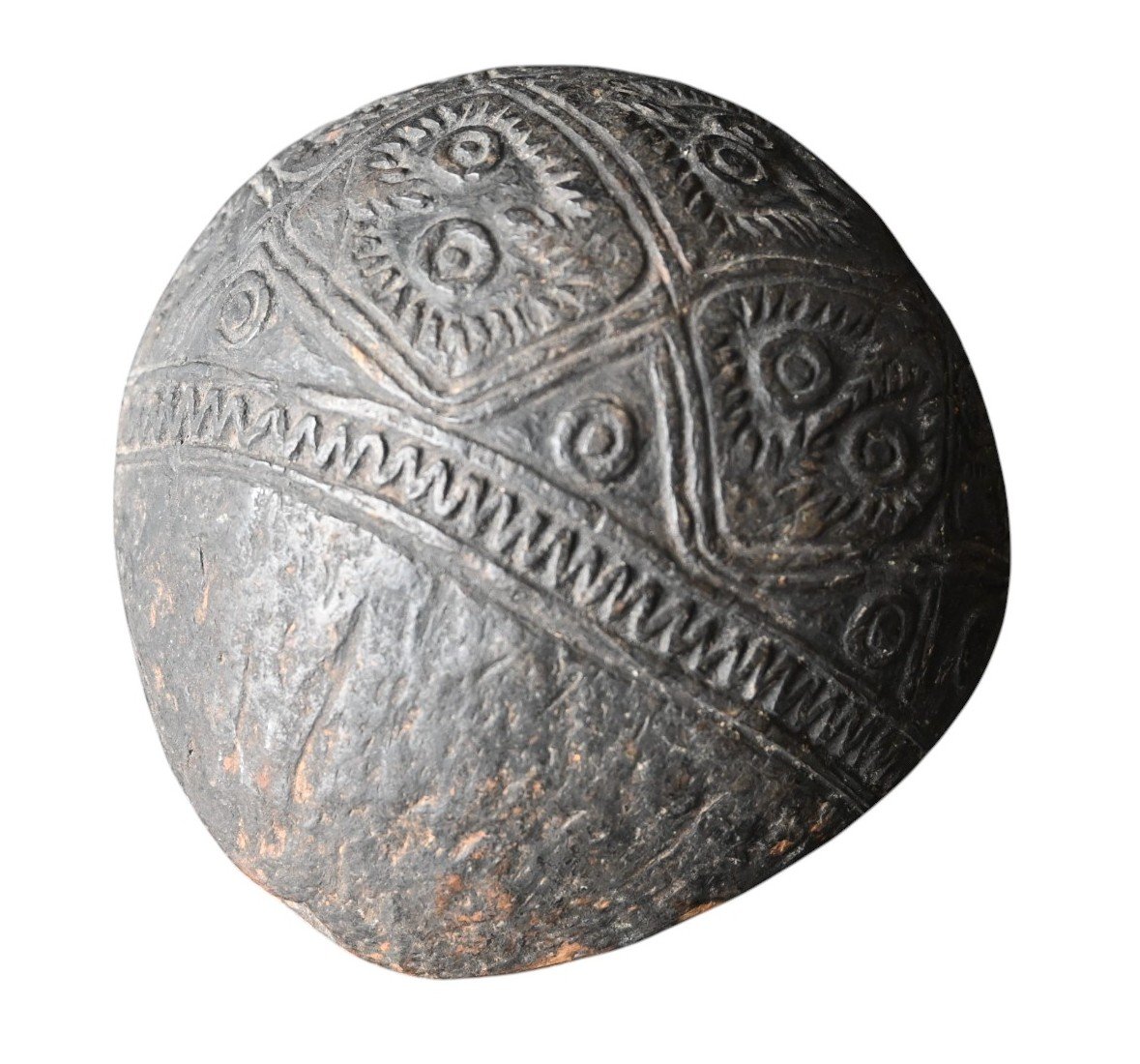

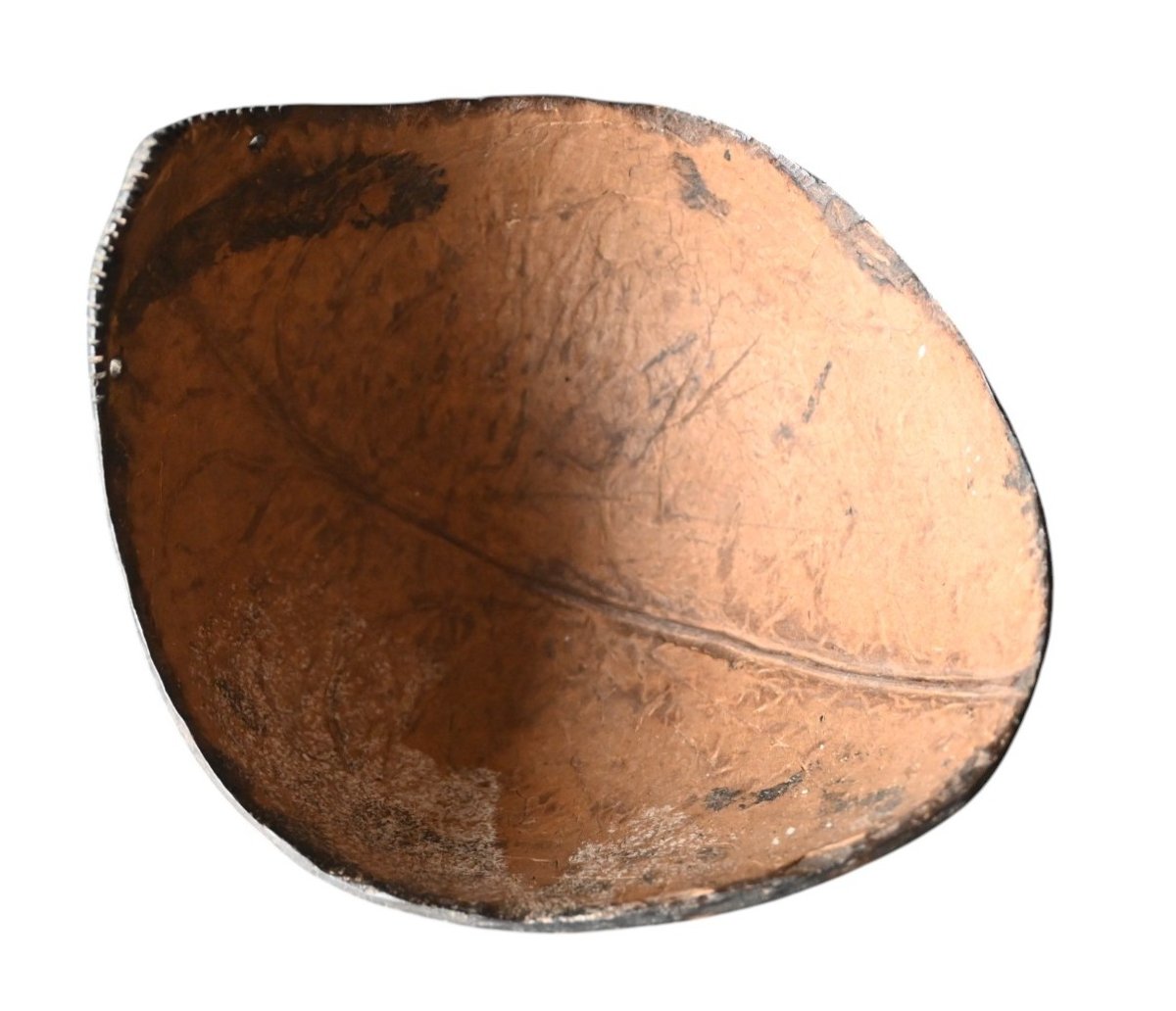
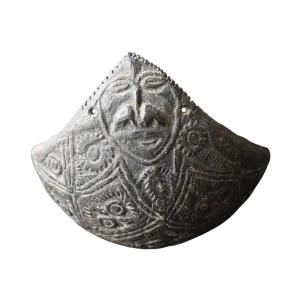







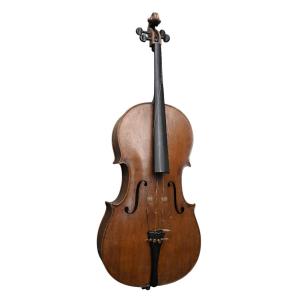

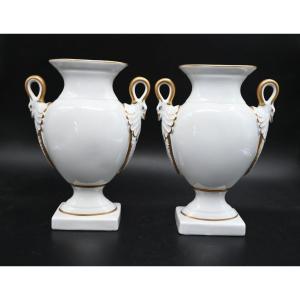

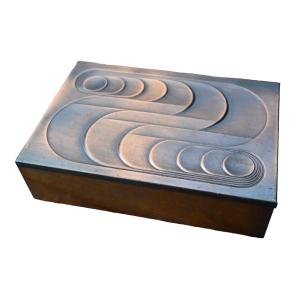
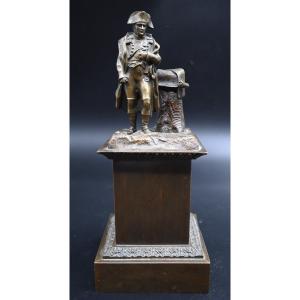





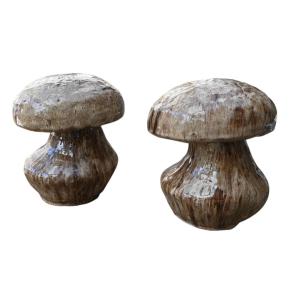



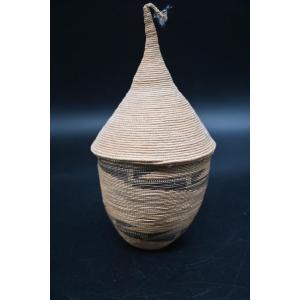


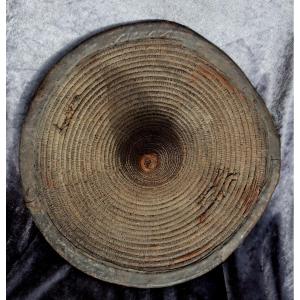
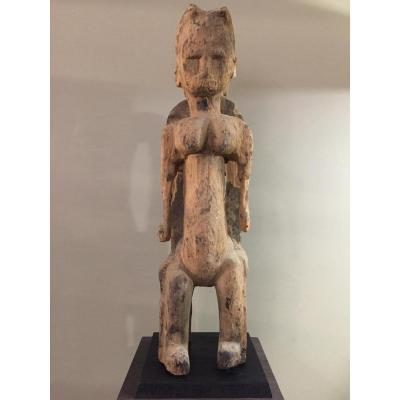



 Le Magazine de PROANTIC
Le Magazine de PROANTIC TRÉSORS Magazine
TRÉSORS Magazine Rivista Artiquariato
Rivista Artiquariato